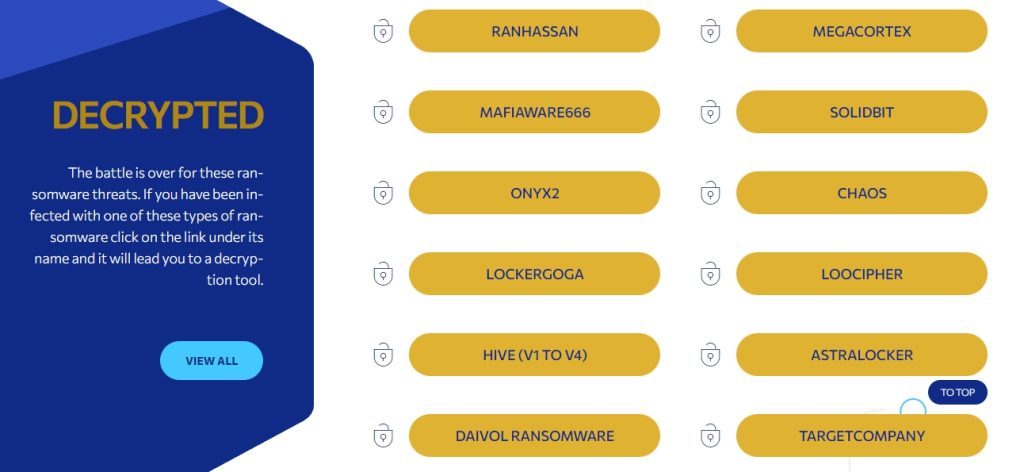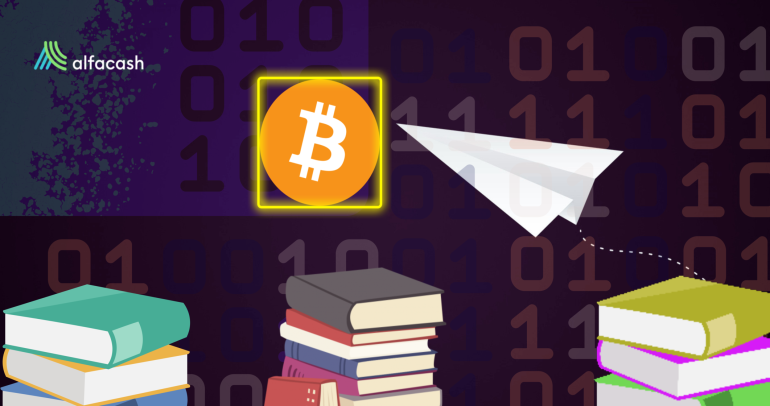Πριν από χρόνια, αυτό το κακόβουλο λογισμικό έπληττε εκατομμύρια προσωπικές συσκευές παγκοσμίως. Ένα ζοφερό αναδυόμενο παράθυρο θα μπλοκάρει την οθόνη σας, ανακοινώνοντας ότι όλα τα αρχεία σας (ακόμα και ο σκληρός σας δίσκος) έχουν κρυπτογραφηθεί. Μόνο ο χάκερ έχει το κλειδί για να τα αποκρυπτογραφήσει ξανά... με αντάλλαγμα μια πληρωμή κρυπτονομισμάτων, φυσικά. Αυτό είναι ransomware και τώρα επηρεάζει κυρίως ιδρύματα και εταιρείες.
Σύμφωνα με την Chainalysis, αυτές οι επιθέσεις συγκέντρωσαν 1,12 εκατομμύρια λίρες και 457 εκατομμύρια το 2022.Αυτή είναι μια μείωση της τάξης του 40% σε συγκριση έως το 2021, αλλά δεν είναι καθόλου καλά νέα. Καθώς όλο και περισσότερα θύματα αρνούνται να πληρώσουν, οι επιθέσεις ransomware γίνονται πιο άγριες, στοχευμένες και δαπανηρές. Ο μέσος όρος επίθεση ransomware κοστίζει τώρα πάνω από 1 TP12T1 εκατομμύριο.
Επιπλέον, η κλοπή δεδομένων είναι πλέον συνηθισμένη: εάν η εταιρεία/οργανισμός αρνηθεί να πληρώσει, οι χάκερ μπορούν να δημοσιεύσουν ή να πουλήσουν τα προσωπικά τους δεδομένα στο Darknet. Όπως υποδεικνύεται από Μαύρη ομίχλη, περίπου 89% όλων των επιθέσεων αφορούν την κλοπή δεδομένων. Αυτό είναι ιδιαίτερα κακό για τις εταιρείες, οι οποίες μπορούν να χάσουν πολλά χρήματα με τα μυστικά τους.

Μέχρι εδώ, Οι χώρες που επηρεάζονται περισσότερο φαίνεται να είναι οι Ηνωμένες Πολιτείες, ο Καναδάς και το Ηνωμένο Βασίλειο. Ταυτόχρονα, τα δεδομένα διοχετεύονται κυρίως στην Κίνα και τη Ρωσία. Ανοσοποιητικό, περίπου $70 εκατομμύρια σε πληρωμές ransomware πραγματοποιήθηκαν στο Bitcoin (BTC) το 2022. Άλλα κρυπτονομίσματα, όπως Ethereum (ΕΤΗ), Μονόρο (XMR), και αρκετές σταθερά νομίσματα ήταν επίσης συνηθισμένα.
Για να εξαργυρώσουν τα κέρδη από το ransomware σε ιδρύματα, οι χάκερ χρησιμοποιούν πλαστά αναγνωριστικά σε κεντρικά ανταλλακτήρια όπως το Binance ή καταφεύγουν σε λιγότερο γνωστές και εγκεκριμένες πλατφόρμες, όπως το Garantex.io. Θεωρητικά, τα κρυπτονομίσματα όπως το Bitcoin μπορούν να εντοπιστούν, αλλά αυτό δεν έχει σημασία αν τα ανταλλακτήρια δεν συνεργάζονται. Συνήθως, οι χάκερ βρίσκουν καταφύγιο σε δικαιοδοσίες όπου αποφεύγονται οι διεθνείς κυρώσεις, όπως η Βόρεια Κορέα, το Ιράν και η Ρωσία.
Πώς μπορούν τα ιδρύματα να προστατευτούν από ransomware
Είναι πάντα σημαντικό να τηρείτε τα βασικά μέτρα ασφαλείας: πλατφόρμα προστασίας από ιούς, αντίγραφα ασφαλείας δεδομένων, επίσημοι ιστότοποι και ισχυροί κωδικοί πρόσβασηςΕπιπλέον, εταιρείες όπως η Immunefi έχουν κάνει κάποιες πρόσθετες συστάσεις.
- Προετοιμάστε ένα σχέδιο ανάκτησης δεδομένων (και έναν προϋπολογισμό) εκ των προτέρων. Εκτός από τα αντίγραφα ασφαλείας, υπάρχουν και άλλες εταιρείες που προσφέρουν ασφάλιση κυβερνοασφάλειας για αυτές τις περιπτώσεις.
- Δεν συνιστάται η πληρωμή λύτρων. Οι κυβερνοεγκληματίες ενδέχεται να μην συμμορφωθούν καθόλου με τον λόγο τους και να πουλήσουν τα δεδομένα ούτως ή άλλως. Ένας white-hat hacker μπορεί να είναι πολύ χρήσιμος, όπως και ιστότοποι όπως Όχι άλλο Λύτρο —όπου μια ομάδα ειδικών δημοσιεύει εργαλεία αποκρυπτογράφησης για πολυάριθμες παραλλαγές ransomware.

- Παροχή εκπαίδευσης σε θέματα κυβερνοασφάλειας σε όλους τους εργαζομένους. Οι άνθρωποι είναι πάντα ο πιο αδύναμος κρίκος στην αλυσίδα. Μπορούν εύκολα να εξαπατηθούν μέσω ταχυδρομείου. ή τηλέφωνο, όταν δεν είναι εκπαιδευμένος.
- Εκτός από το antivirus, και άλλα συστήματα ασφαλείας θα μπορούσαν να είναι χρήσιμα. Μερικά παραδείγματα είναι το AntiSpyware, το Anti-Ransomware, το Anti-Phishing, τα συστήματα ανίχνευσης και πρόληψης εισβολών (IDPS) και τα τείχη προστασίας.
Κυβερνητικά υποκαταστήματα, σχολεία, νοσοκομεία και κάθε είδους μάρκες γίνονται στόχος αυτού του κακόβουλου λογισμικού παγκοσμίως. Είναι πολύ σημαντικό να αναλάβουμε δράση τώρα.
Θέλετε να κάνετε συναλλαγές με BTC, ETH και άλλα tokens; Μπορείτε να το κάνετε με ασφάλεια σε AlfacashΚαι μην ξεχνάτε ότι μιλάμε για αυτό και για πολλά άλλα πράγματα στα μέσα κοινωνικής δικτύωσης.
Τηλεγράφημα * Facebook * Ίνσταγκραμ * YouTube *Κελάδημα








